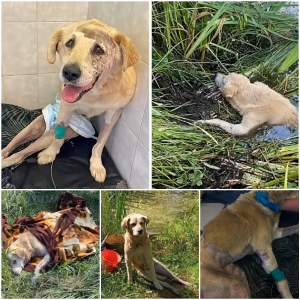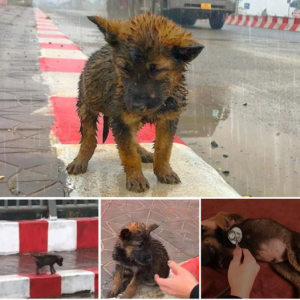Title: Dealing with Mango Worms in Dogs: Causes, Symptoms, and Treatment

Mango worms, also known as cordylobia anthropophaga, are a parasitic infestation commonly found in dogs, particularly in tropical and subtropical regions. These larvae are the offspring of the mango fly and typically infect dogs through contact with contaminated soil or the fur of infected animals. While mango worms are not life-threatening, they can cause discomfort and lead to complications if left untreated. Understanding the causes, symptoms, and treatment options for mango worm infestations is crucial for maintaining the health and well-being of your canine companion.
Causes of Mango Worm Infestation

Mango worms thrive in warm and humid environments, making dogs living in tropical areas more susceptible to infestation. Dogs that spend a lot of time outdoors, especially in grassy or wooded areas, are at higher risk of coming into contact with mango worm larvae. Additionally, poor hygiene and lack of regular grooming can increase the likelihood of infestation.
Symptoms of Mango Worm Infestation
The presence of mango worms in dogs is often indicated by visible swelling, lumps, or lesions on the skin, particularly in areas with less hair coverage such as the groin, armpits, and between toes. Infected dogs may exhibit signs of discomfort, including itching, scratching, and licking at the affected areas. As the infestation progresses, the skin may become inflamed, and secondary bacterial infections can develop, leading to more severe symptoms such as fever and lethargy.

Treatment of Mango Worm Infestation
Prompt and proper treatment is essential to alleviate the discomfort caused by mango worm infestations and prevent complications. The primary method of treatment involves the removal of the larvae from the dog’s skin. This can be done by gently squeezing the surrounding skin to force the larvae out or by using specialized tools such as tweezers or a suction device. It is important to ensure that the entire larva is removed to prevent re-infestation.
After removing the larvae, the affected area should be cleaned thoroughly with antiseptic solutions to prevent secondary infections. In some cases, topical or oral medications may be prescribed to reduce inflammation, alleviate itching, and control bacterial infections. Additionally, veterinarians may recommend preventive measures such as applying insect repellents or keeping dogs indoors during peak mango fly season to minimize the risk of infestation.
Conclusion

Mango worm infestations can be distressing for both dogs and their owners, but with proper care and treatment, most cases can be resolved successfully. Regular grooming, maintaining good hygiene practices, and taking preventive measures can help reduce the risk of infestation. If you suspect that your dog may have mango worms, it is important to consult a veterinarian for proper diagnosis and treatment. By staying vigilant and proactive, you can help protect your furry friend from the discomfort and complications associated with mango worm infestations.





